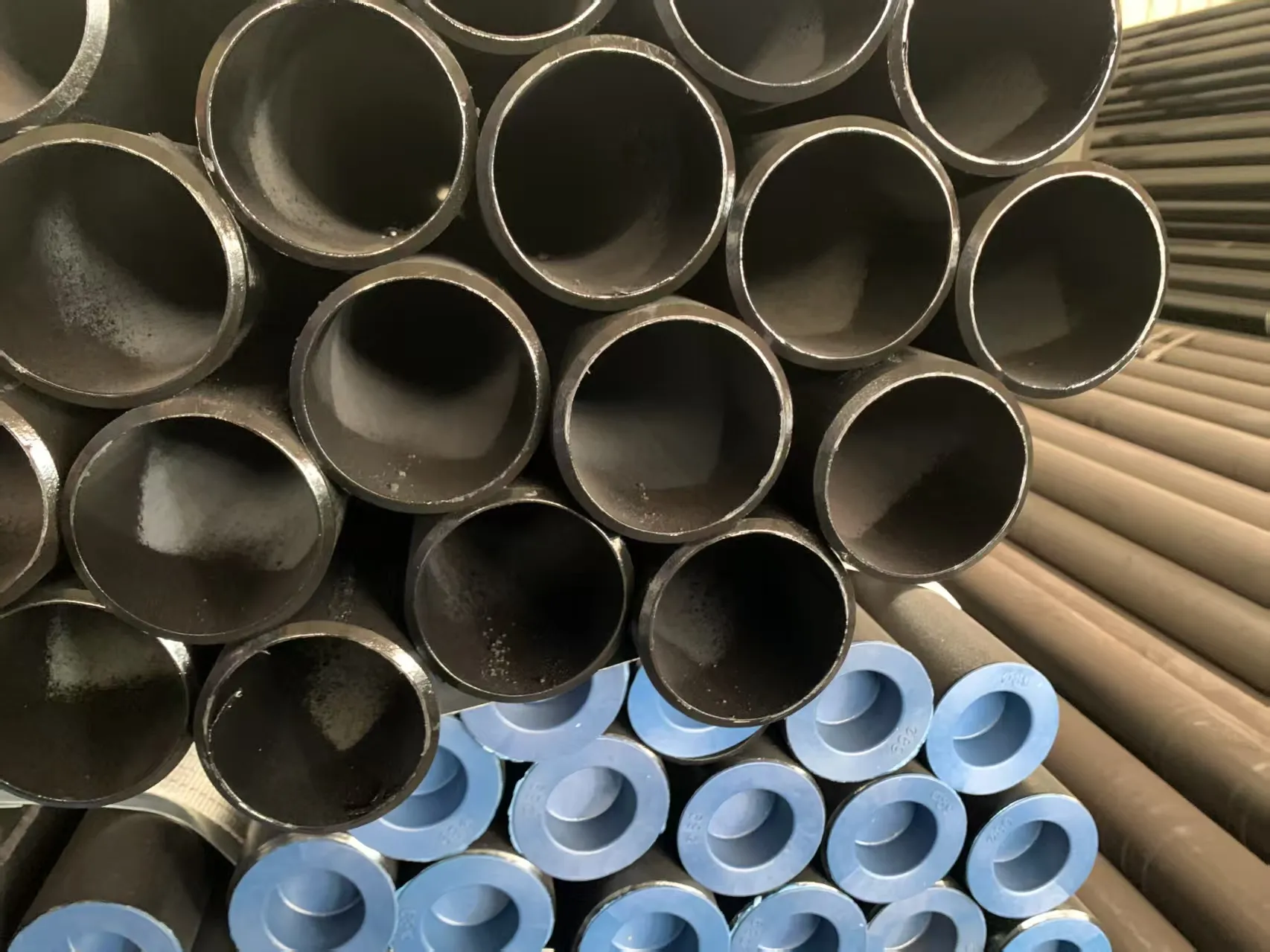-
Cangzhou Yulong Steel Co., Ltd.
-
Phone:
+86 13303177267 -
Email:
admin@ylsteelfittings.com
- English
- Arabic
- Italian
- Spanish
- Portuguese
- German
- kazakh
- Persian
- Greek
- French
- Russian
- Polish
- Thai
- Indonesian
- Vietnamese
- Zulu
- Korean
- Uzbek
- Hindi
- Serbian
- Malay
- Ukrainian
- Gujarati
- Haitian Creole
- hausa
- hawaiian
- Hebrew
- Miao
- Hungarian
- Icelandic
- igbo
- irish
- Japanese
- Javanese
- Kannada
- Khmer
- Rwandese
- Afrikaans
- Albanian
- Amharic
- Armenian
- Azerbaijani
- Basque
- Belarusian
- Bengali
- Bosnian
- Bulgarian
- Catalan
- Cebuano
- China
- China (Taiwan)
- Corsican
- Croatian
- Czech
- Danish
- Esperanto
- Estonian
- Finnish
- Frisian
- Galician
- Georgian
- Kurdish
- Kyrgyz
- Lao
- Latin
- Latvian
- Lithuanian
- Luxembourgish
- Macedonian
- Malgashi
- Malayalam
- Maltese
- Maori
- Marathi
- Mongolian
- Myanmar
- Nepali
- Norwegian
- Norwegian
- Occitan
- Pashto
- Dutch
- Punjabi
- Romanian
- Samoan
- Scottish Gaelic
- Sesotho
- Shona
- Sindhi
- Sinhala
- Slovak
- Slovenian
- Somali
- Sundanese
- Swahili
- Swedish
- Tagalog
- Tajik
- Tamil
- Tatar
- Telugu
- Turkish
- Turkmen
- Urdu
- Uighur
- Welsh
- Bantu
- Yiddish
- Yoruba

márc . 05, 2025 05:18 Back to list
ANSI B16.5 Carbon Steel BL Flange
Flange blinds, essential components in piping systems, serve the crucial function of blocking off sections for maintenance, testing, or isolation. Selecting the right type demands a deep understanding of the diverse categories, each crafted for specific applications and conditions. This guide demystifies these types, offering insights drawn from years of field expertise and hands-on experience to ensure your choice enhances system integrity and operational efficiency.
4. Ring Type Joint (RTJ) Blind Flanges These are used in high-pressure environments. Their design includes a metal ring which fits snugly into a machined groove cut into the flange surface, delivering a seal with superior integrity. Known for their strong, leak-proof fit, they are a standard in industries where preventing fluid leakage is critical to maintaining safety and preventing costly downtimes. Expertise in selecting the right flange blind type extends beyond materials and designs to include comprehensive considerations of standards and specifications. Compliance with international standards such as the ASME/ANSI or DIN norms ensures the flanges are suitable for pressure ratings, temperature conditions, and environmental factors specific to your installation. These standards are a testament to a product’s quality and reliability, bolstering trust and authority in its usage. Operational trustworthiness hinges on rigorous testing protocols. Before deployment, flange blinds undergo extensive testing for pressure, temperature resistance, and durability. This includes hydrostatic and pneumatic pressure tests to ensure they meet or exceed safety and performance thresholds. Documentation from these tests reinforces the credibility of flange blinds and provides confidence in their ability to perform under specified conditions. Moreover, engaging with reputable suppliers boasts its own advantages. Renowned manufacturers offer value-added services, such as custom engineering solutions, providing flange blinds tailored for unique operational challenges. Their expertise and commitment to innovation mean that the products not only meet rigorous safety and quality standards but also introduce efficiencies and enhancements that standard products may not offer. In sum, the choice of flange blind should be guided by a detailed understanding of the application, environmental conditions, and compliance requirements. Through leveraging professional expertise and maintaining compliance with stringent standards, you ensure that the flange blind contributes to the efficient, safe, and cost-effective operation of your piping systems. Armed with this knowledge, you stand well-equipped to make informed decisions that align with the most respected practices of modern pipeline management.


4. Ring Type Joint (RTJ) Blind Flanges These are used in high-pressure environments. Their design includes a metal ring which fits snugly into a machined groove cut into the flange surface, delivering a seal with superior integrity. Known for their strong, leak-proof fit, they are a standard in industries where preventing fluid leakage is critical to maintaining safety and preventing costly downtimes. Expertise in selecting the right flange blind type extends beyond materials and designs to include comprehensive considerations of standards and specifications. Compliance with international standards such as the ASME/ANSI or DIN norms ensures the flanges are suitable for pressure ratings, temperature conditions, and environmental factors specific to your installation. These standards are a testament to a product’s quality and reliability, bolstering trust and authority in its usage. Operational trustworthiness hinges on rigorous testing protocols. Before deployment, flange blinds undergo extensive testing for pressure, temperature resistance, and durability. This includes hydrostatic and pneumatic pressure tests to ensure they meet or exceed safety and performance thresholds. Documentation from these tests reinforces the credibility of flange blinds and provides confidence in their ability to perform under specified conditions. Moreover, engaging with reputable suppliers boasts its own advantages. Renowned manufacturers offer value-added services, such as custom engineering solutions, providing flange blinds tailored for unique operational challenges. Their expertise and commitment to innovation mean that the products not only meet rigorous safety and quality standards but also introduce efficiencies and enhancements that standard products may not offer. In sum, the choice of flange blind should be guided by a detailed understanding of the application, environmental conditions, and compliance requirements. Through leveraging professional expertise and maintaining compliance with stringent standards, you ensure that the flange blind contributes to the efficient, safe, and cost-effective operation of your piping systems. Armed with this knowledge, you stand well-equipped to make informed decisions that align with the most respected practices of modern pipeline management.
Latest news
-
ANSI 150P SS304 SO FLANGE
NewsFeb.14,2025
-
ASTM A333GR6 STEEL PIPE
NewsJan.20,2025
-
ANSI B16.5 WELDING NECK FLANGE
NewsJan.15,2026
-
ANSI B16.5 SLIP-ON FLANGE
NewsApr.19,2024
-
SABS 1123 FLANGE
NewsJan.15,2025
-
DIN86044 PLATE FLANGE
NewsApr.19,2024
-
DIN2527 BLIND FLANGE
NewsApr.12,2024
-
JIS B2311 Butt-Welding Fittings LR/SR 45°/90° /180°Seamless/Weld
NewsApr.23,2024











